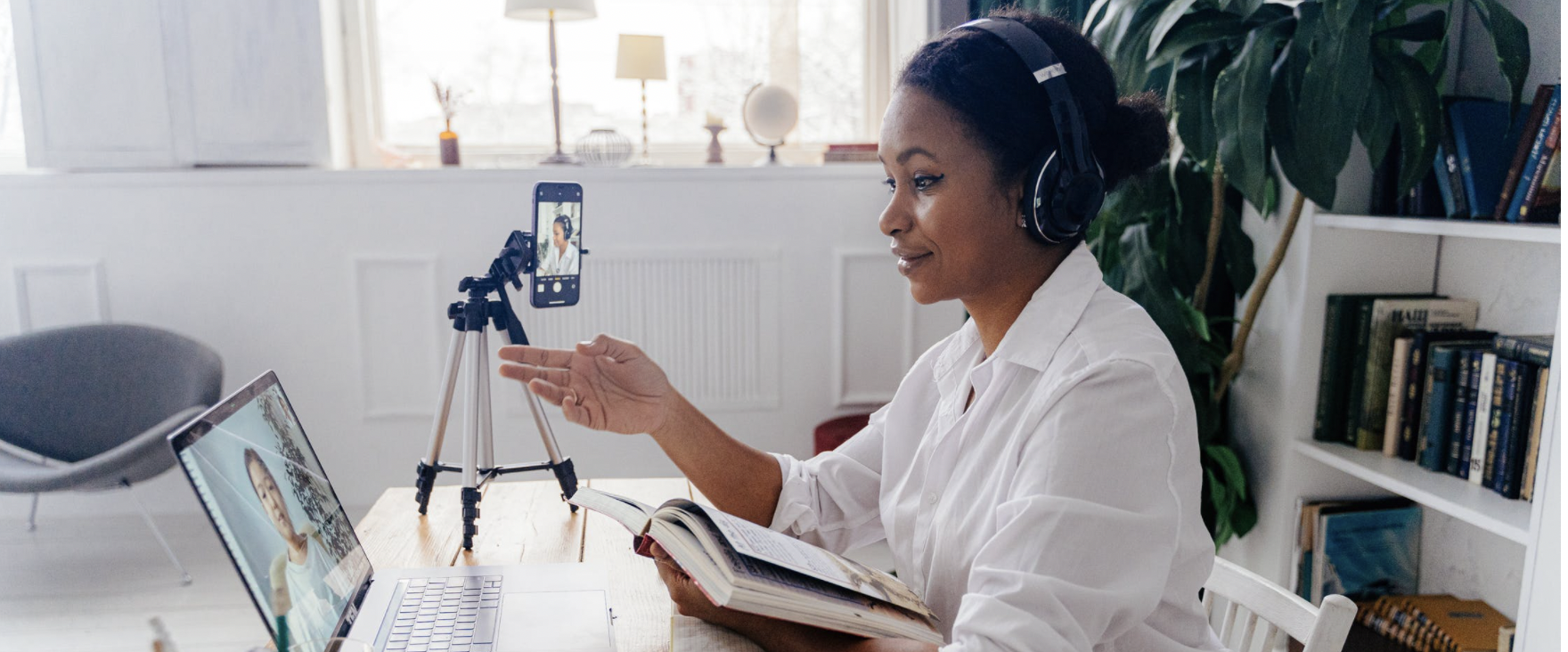I work with a team of instructional designers and one of our goals is to model best practices when we facilitate faculty professional development courses. Course design is a continuous process of improvement and our faculty development courses are no different. As we work to improve our courses, we look for ways to incorporate Universal Design for Learning; not only to build faculty awareness, but also to demonstrate the possibilities. We want to reach as many of our learners (faculty) as possible so they can also reach as many of their learners (students) as possible.
Taking inspiration from Lindsay Masland’s comments about providing students with pre-class menus and Dr. Catlin Tucker’s Would You Rather: Designing with Choice in Mind blog post, I decided we could incorporate UDL by including not only multiple means of representation, but also multiple means of engagement by allowing our learners to choose how they want to interact with instructional resources.
The UDL guideline for multiple means of representation includes providing options for perception such as alternatives for how instruction is presented. One of our courses, designed to help faculty teach online with our learning management system, already meets this piece of the UDL framework by having a lot of great instructional resources; however, it can be an overwhelming amount of material for faculty. Although we indicate that faculty do not need to read or watch all of the available resources, they inevitably feel like they must do it all or they will miss out on something.
As an example, we have a resource that covers styles in Google Docs and Word using multiple web pages. The first page introduces the concept and provides background. For the next steps, learners can choose the resources on each page they would like to read or watch.
The image below shows the before design of one of the web pages within that resource. The page includes links to text-based web content and an instructional video. Having this variety of instructional materials helps us address the UDL guideline for multiple means of representation.
However, some learners prefer to read the material while others would rather watch a video. This is where the multiple means of engagement UDL guideline, providing options for interacting with instructional materials, comes into play. To give learners a choice for how they would like to interact with the instructional materials, we can redesign our current resource. The redesigned resource uses a “Would you rather…” question so the learners can decide how to proceed. In this example, we ask learners would you rather watch a short video or read the text-based Google support documentation. Asking the learners helps clarify the choice and gives learners the freedom to decide what is best for them.
We can also allow learners to return to the choice page so they can review the text-based resource at a later date or time. The key is that adding this choice helps us address the UDL framework’s multiple means of engagement guideline and hopefully improve motivation since learners are given the autonomy to choose the best experience for them at that particular time.
As we continue to improve our course, we can look for places to ask our learners, “Would you rather?” After all, whether it’s what to have for dinner or what movie to see, don’t we all enjoy being given a choice?
While earning her undergraduate degree in mass communication, Sacha spent several years supporting university faculty integrating technology in online science courses, which is where she found her passion for using technology to create authentic and meaningful online learning experiences that foster student learning. She brings over 10 years of experience, an M.Ed. in Instructional Technology, and a Ph.D. in Instructional Design to her current role of Senior Instructional Designer at Idaho State University where she helps faculty build quality online learning experiences.



